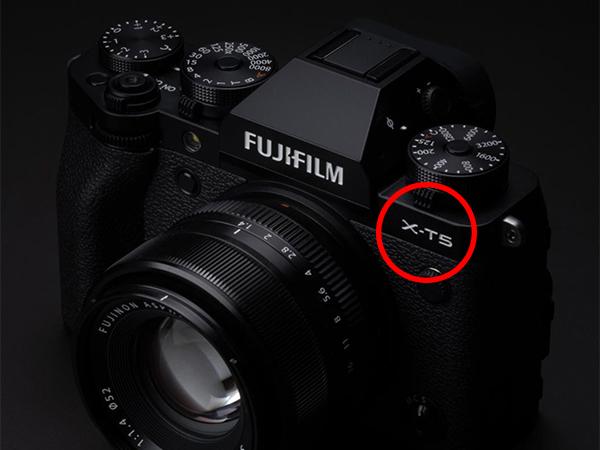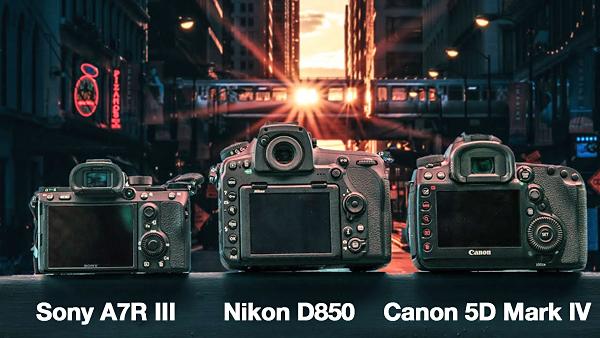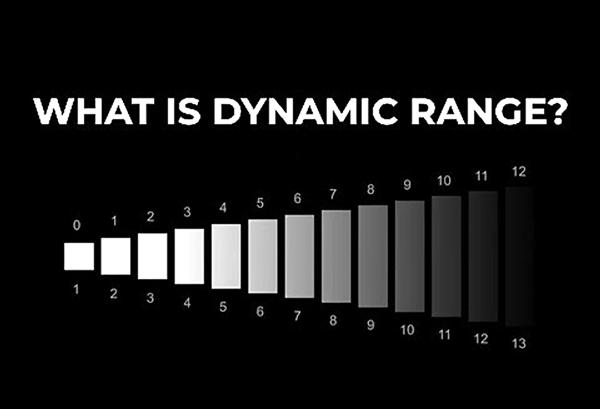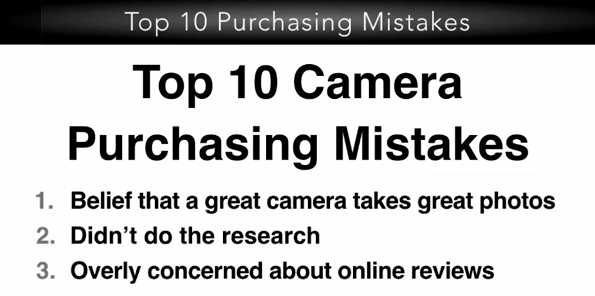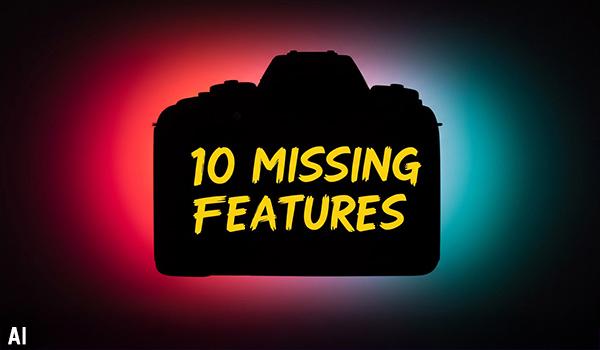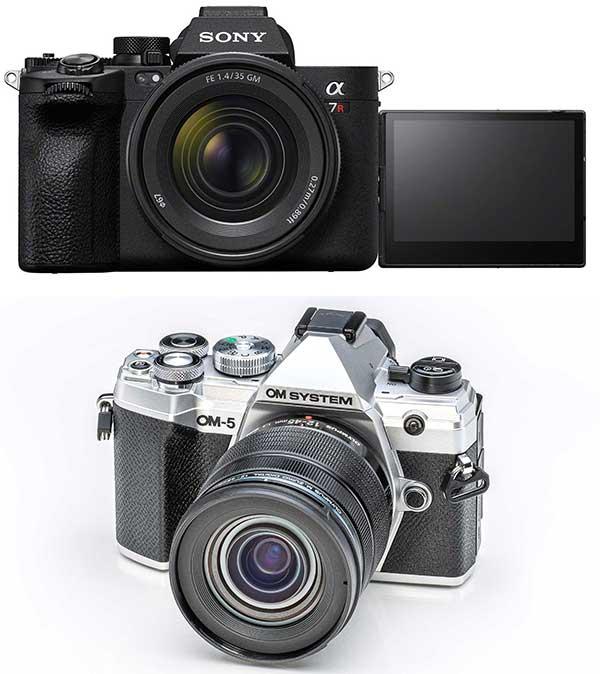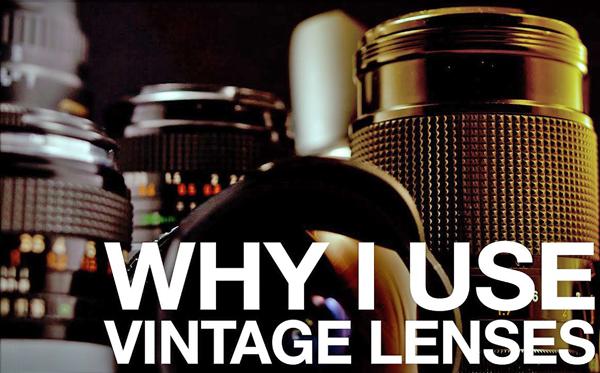Mirrorless Camera News
Sort By: Post DateTitle Publish Date
|
Nov 02, 2022
|
Dec 30, 2022
|
Jun 06, 2023
|
Jan 30, 2018
|
Jun 21, 2021
|
Dec 18, 2017
|
Jan 24, 2025
|
Oct 26, 2022
|
Jul 29, 2021
|
Jun 30, 2023
